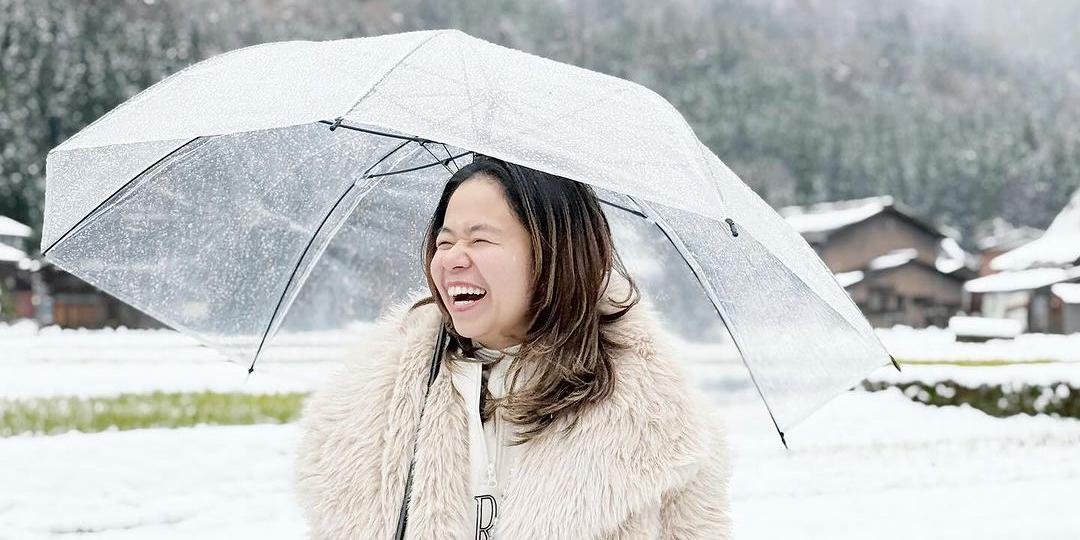Considered the gateway to the world's largest archipelago and renowned for its food scene, Finland's second city is well worth a detour. Nordic destinations Stockholm and Copenhagen lure millions of visitors a year, many attracted by the cities' upscale design, elevated food scenes and compelling histories. Yet, Finland's first capital and oldest city, Turku, founded in 1229 along the banks of the River Aura, hits the same high notes as its neighbours, but without the crowds.
What's more, this 200,000-person city on Finland's south-west coast is also known as the gateway to the Finnish archipelago: a 40,000-island labyrinth that's considered the largest in the world . Known as Åbo to its predominantly Swedish-speaking inhabitants (a name which aptly means "living by the river"), Turku was once part of Sweden in the Middle Ages before becoming an autonomous Grand Duchy of the Russian Empire in 1809. Since Finland gained independence in 1917, the cosmopolitan hub has served as Finland's second city, and thanks to its thriving food and cafe scene and its Seine-like river vibe, the city is sometimes called "the Paris of Finland".
Tree-lined boulevards flanked by 19th-Century theatres, coffee shops and market halls – many with a sustainable throughline – fill Turku's compact and walkable centre. I spent an hour flipping through new and used CDs and vinyl at the three-storey 8raita Record Store and shopped for vintage kimonos and theatre costumes, jewellery and dresses at Bou.


















